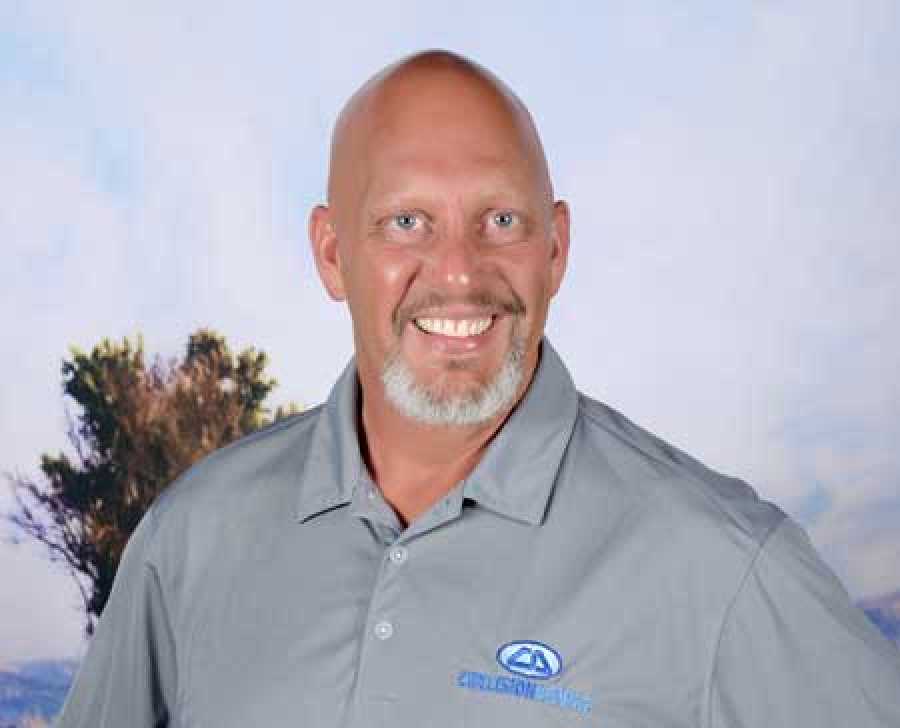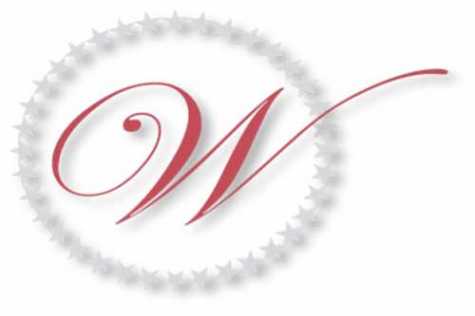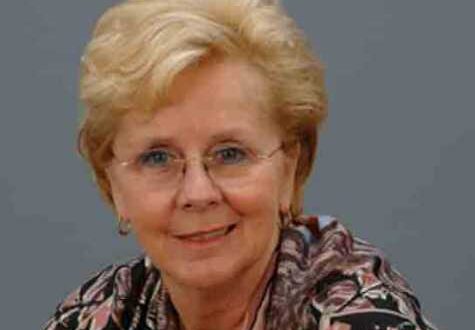Turn Eight Common Shop Owner Mistakes into Positive Life Lessons with Mike Anderson

Mike Anderson of Collision Advice recently explained how to turn eight common collision shop owner mistakes into life lessons to benefit their businesses. “When you look at mistakes you’ve made, you have to realize that they aren’t mistakes if you’ve learned from them, and when you learn from them, they become life lessons. I’ve got a lot of life lessons I’d like to share today,” Anderson began.
While presenting “Life Lessons of Collision Shop Owners” on Sherwin-Williams’ Ecolean University, Anderson was joined by Mike Lanza, Manager of Business Consulting Services at Sherwin-Williams Automotive Finishes, as they discussed why shops struggle and how to fix it.
Anderson’s first life lesson focused on the importance of cycle time. He explained, “Cycle time should be important for DRP and independent shops alike because the basic goal in business is to get to breakeven as soon as you can every month. Fixing cars in a reasonable and timely manner will improve your customer satisfaction rate, and if you fix vehicles faster, that allows you to bring more cars in sooner and make more money.”
Consumers aren’t the only ones who care about cycle time. This is a vital factor for insurers, particularly those with which the shop has a DRP relationship, because it leads to improved loss adjustment expenses, reduced rental expense, and higher CSI scores. OEMs also care about cycle time because it impacts their brand; customers inconvenienced by shop delays are more likely to have a poor opinion of the vehicle manufacturer.
Shops should strive to repair vehicles two to four days faster than their market average. “Cycle time is important to all stakeholders in the repair process, but it should be most important to you as a business owner because it’s the key to your breakeven point which is how you put more money in your bottom line,” Anderson emphasized.
Cycle time can be broken into three micro-cycles: pre-repair, repair and post-repair. Pre-repair cycle time can be positively impacted through scheduling innovations, streamlining the administrative process, 100% disassembling, obtaining the right part the first time as fast as possible, dispatching in a timely manner, and avoiding the pitfall of having too much work-in-progress onsite. According to Anderson, “Pre-repair is the biggest opportunity for most shops.”
Post-repair delays occur when there are issues with paperwork, last minute supplemental approval delays, notifying the customer that the repair is complete too late in the day, and struggles with payment verification. “These are self-inflicted,” Anderson stated. “Most of this is caused by doing things incorrectly during pre-repair.”
The second mistake that shops make, and which can be turned into a life lesson, is inappropriate staffing. Build the team’s bench by cross-training technicians to fill each other’s shoes, and improve gross sales per collision tech by alleviating admin work from their shoulders.
Anderson urged shop owners to consider the value of a parts person as well: “Shops often tell me they can’t afford a parts person, but I’ve found that the average tech makes a shop between $100 to $135 per hour in gross profit – you can hire a parts person for less than that, allowing techs to focus on fixing the vehicle, so the vehicle moves through the process quicker, making room for more cars and allowing the shop to ultimately make more profit.”
Undervaluing culture and trust was the next life lesson discussed. Obtaining the trust of the OEMs, insurers and employees are vital for a shop to dominate in the future. “Broken promises lead to a loss of trust. Sometimes, we have to go the extra mile to earn someone’s trust,” Anderson said.
Lanza added information about weekly Personal Responsibility in Delivering Excellence (PRIDE) meetings held at Sherwin-Williams where everyone shares their needs, successes and failures. “Everyone in the business is responsible for providing excellence, plus this allows management to hear everyone. Just being heard is so important.”
During the fourth life lesson, having a lack of financial knowledge, Anderson explained that the purpose of a profit and loss statement is to determine where you’re making money, losing money and not maximizing profits. “When a shop is making a lot of sales, we don’t focus on what made us profitable,” he pointed out. “Lots of sales cover lots of sins.”
Relying on position statements to get paid is another common mistake amongst collision repairers, according to Anderson. The 14 manufacturers that represent 98% of U.S. vehicles sales have position statements, but when asked what to do about the OEMs that don’t, Anderson insisted, “Quit relying on position statements. We need to dig deeper into OEM repair procedures. Often, repair procedures indicate that a scan is needed to complete a process.”
Anderson’s sixth life lesson focused on the importance of hiring an in-house mechanic as it pertains to labor hours per estimate, the growth of mechanical labor operations and the impact this can have on both cycle time and gross profit.
The penultimate mistake that shop owners make is not mentoring others. “In the old days, people learned by working alongside a master, and everything they did was observed by the master,” Anderson shared. “Today, things move so fast that managers often aren’t around when their people first use their new knowledge. Many managers also have a ‘let me just do it’ mentally, but great leaders tell, show, watch, correct and repeat; you have to adopt this philosophy for building future leaders. Take a chance, mentor others.”
Teaching allows you to learn twice. Make sure you’ve set clear expectations, provided the proper training and equipment, and allowed time to acclimate to the new information. Quoting Bob Goshen, Anderson added, “Leaders… should influence others… in such a way that it builds people up, encourages and edifies them so they can duplicate this attitude in others.”
The eighth and final mistake to turn into a life lesson that Anderson shared was playing not to lose, instead of playing to win. “Most of us start out playing to win! We move to playing to not lose. If I do this, my employees might quit, I might lose a DRP – we are focused on what we might lose, not what we might gain. Get off the sidelines and into the game! Don’t focus on what you might lose; focus on what you could gain!”
Anderson closed with an anecdote about his 23-year-old self being discouraged by the constant complaints he heard from collision repairers. His father told him he had a decision to make: “Once you’re gone, will folks look back and say the collision repair industry sure changed Mike Anderson? Or will they look back and say Mike really changed that industry? What’s your legacy?”
For more information about Collision Advice, visit collisionadvice.com
Throughout the presentation, Lanza shared insights into how Sherwin-Williams can assist shops with each life lesson. More training videos are available at www.ecoleanuniversity.com.


